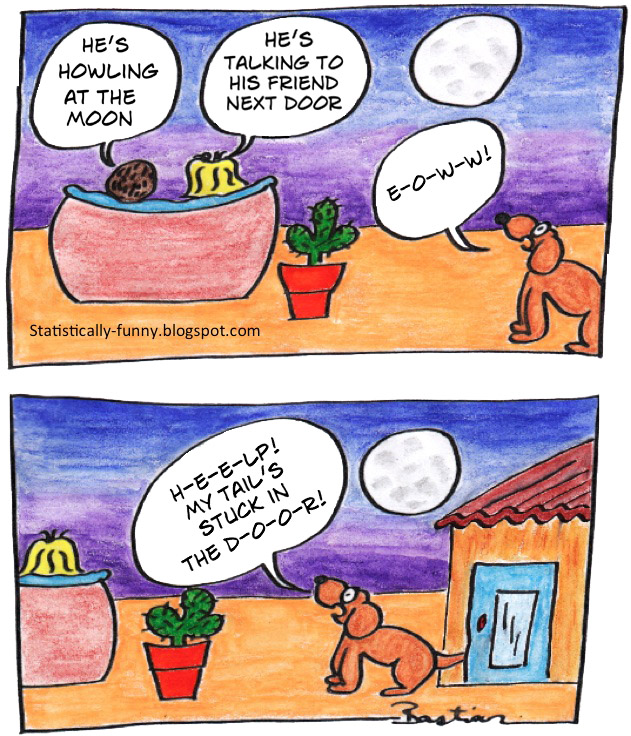22 Jan 2018
In the last weeks this project has made considerable progress. From the programming side I will recap this in a separate blog post detailing the experience I had with writing in Haxe so far and why it sometimes felt like a bumpy road to me as well as showing in which way my prior knowledge in Matlab and R sometimes made it quite hard for me to get the hang of certain concepts in Haxe.
Read more
14 Jan 2018
Originally the Roadmap for this project showed that I wanted to give an introduction into biomarkers, the problems surrounding their identification and in which way open science approaches and specifically citizen science can help us overcome some of these problems on the Night of Science, a science communication event organized by students in Frankfurt/Main. Unfortunately it will take place on the 8th June while I will be at the closing event for my open science fellowship within which this project is run.
Read more
20 Dec 2017
As the preparation of a development roadmap for a software application takes a lot of organization that takes part behind the scenes and the forthcoming end of the year predisposes you to take a broader look around you, I thought this is a good time to take a step back and recognize the achievements in terms of open approaches and standards that became visible around me.
For the neuroscience community in general the piling of signs pointing at research being not reproducible seemed to act as a substantial wake-up call. I already tapped into the reasons for why an inability to replicate results from a study that showed statistically significant results could occur in my last blog post and mentioned for example the selection bias. A completely different source of problems arising for the replicability of a study can stem from closed processing scripts.
Read more
23 Nov 2017

What helps us to circumvent harm, is the ability to associate stimuli in our environment with a certain outcome. A pretty common thing for children is to find out that a red-colored hotplate is not the ideal location to put your fingers. In general, we all form predictions on what will happen and how something works all the time and we continuously refine these predictions by incorporating new experience. If you have ever moved to a different city, you also might have had the problem that some aspects of everyday life like public transport for example didn’t quite work the same way as before and the comforting certainty that the trains always run a few minutes late suddenly turned into a freezing cold feeling somewhere in your stomach that maybe your clock finally needs some adjustment.
This process of knowing that the occurrence of an event is associated with a specific outcome also applies to the search for biomarkers. If your doctor measures the quantitiy of a substance in your blood, then this is most likely the case, because we already know its level is associated with a disease that fits your symptoms. Even more valuable are markers that can tell us if somebody will develop a specific disease in the future, especially if we are talking about burdensome and debilitating diseases.
Read more
22 Nov 2017
This blog is part of the project Towards a bigger picture - Crowdsourcing the mosaic of the mind within the Open Science Fellowship 2017/2018 by Wikimedia, Stifterverband and Volkswagenstiftung.
In the following months you will find regular updates regarding the development process in the project that mostly focus on programming issues, theoretical background regarding mental health and the paradigms used as well as open science related practices and my experiences in incorporating them into my work.
I am always happy to receive comments, so in case you want to contact me, you can find me on Twitter or send a mail to the address detailed in the sidebar. I hope you have a pleasant stay and find some insightful posts on open science approaches applied to the psychiatric context!
